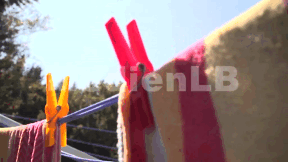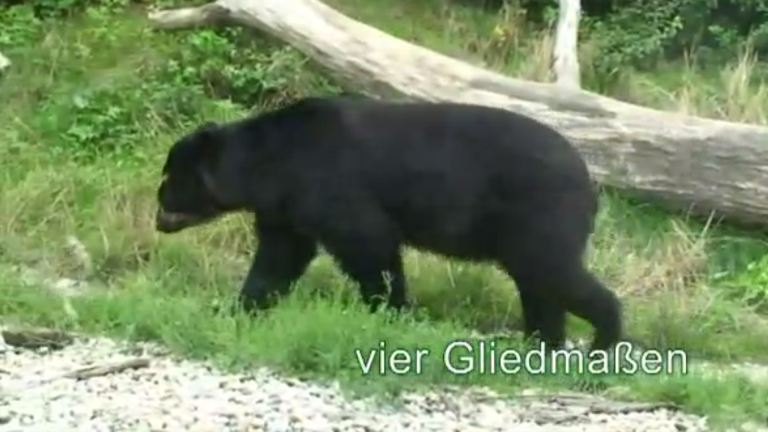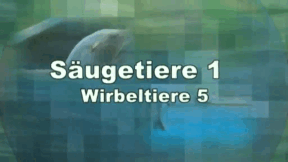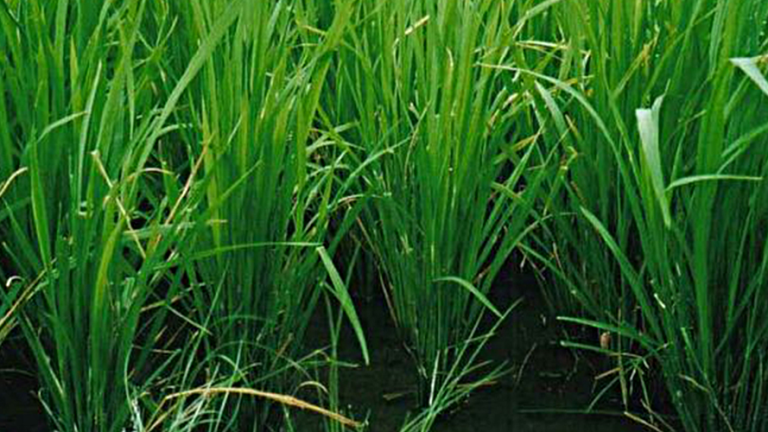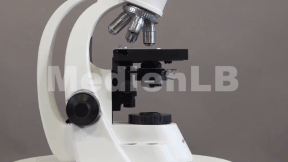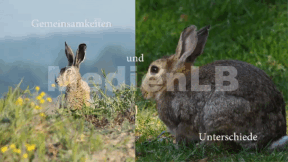Suche:
- # Artistry
- # Biology
- # Chemistry
- # Ecological
- # Economy
- # English
- # Foreign Language
- # Geography
- # German
- # Health
- # History
- # Informatik
- # Latin
- # Mathematics
- # Media Education
- # Music
- # Physics
- # Politics / Civics
- # Preschool
- # Primary School
- # Religion
- # Society
- # Sports
- # Technology
- # Training of Teachers
- # Vocational Education
Hygiene
Epidemics such as the cholera or the plague and diseases like the Spanish flu were the causes of the deaths of many people throughout the centuries.
Learn moreCarnivorous Plants
Up to the middle of the 19th century it was believed that plants exclusively served as a nutritional staple to be eaten by herbivorous primary consumers.
Learn moreMammals I
When we talk about animals in everyday conversation, we mostly talk about mammals. Mammals live in water, on land and in the air. Countless species of the most diverse sizes and appearances populate our earth. A clear classification is not always possible because of their adaptation to their different habitats.
Learn moreThe Beaver
Natural river and lake areas are becoming increasingly rare. With expensive measures to restore them to their natural state, efforts are being made to recreate them. Here, an animal may be helpful: the beaver. After it was exterminated in Germany in the 19th century, today about 15 000 specimens live here again thanks to the reintroduction of the beaver during the 1960s. Many people, however, have never caught sight of this shy nocturnal rodent, yet. The DVD first describes the beaver (in particular its adaptation to life in water) and zoologically classifies it. Then the beaver family and their social behaviour and habitat are introduced. The beaver constructions (beaver dam and beaver lodge) are illustrated as well as its territory and its purely vegetarian diet. Subsequently, both its extermination and its reintroduction as well as present-day problems are looked into. But primarily the film shows the beaver to be a valuable, natural architect of landscapes.
Learn moreBiodiversity
The exact numbers of plant and animal species on earth are unknown. What we do know, though, is that there is a dramatic decline in the variety of species mainly triggered by man. The "threats to biodiversity" as well as their causes are the topics of this film. It illustrates the reckless exploitation of the resources of the earth on land and in the oceans.
Learn moreFish Farming
Lakes, rivers and streams are the natural habitats of our freshwater fish. Some of them, such as carp, trout and char, are eaten as food fish. But where do the fish come from and why have our lakes and rivers not been fished dry yet? Since the Stone Age people have been catching fish for subsistence. Fish is an important source of protein. With a wide variety of methods, such as fishing rods or nets, we hunt them successfully.
Learn moreEnergydrinks
Der Film startet mit einer überraschenden Erkenntnis: Schon ca. 17 Prozent aller Grundschüler trinken regelmäßig Energydrinks – obwohl diese nicht in Kinderhände gehören. Denn: Wer zu viel und zu oft die Muntermacher trinkt, riskiert gerade als Jugendlicher massive Gesundheitsschäden – und immer mehr Jugendliche in Deutschland sind schon betroffen.
Learn moreMikroskopieren lernen
Das Mikroskop öffnet den Blick in die riesige Welt des Allerkleinsten.
Learn moreDu bist nie allein
Schau dich schlau!“ begibt sich auf eine Reise in den Mikrokosmos unseres Körpers. Joey Grit Winkler und Fero Andersen stellen einige der bizarren Kreaturen vor, die auf und in uns zu Hause sind. Sie analysieren den „Lebensraum Mensch“ und zeigen, dass auf zwei Quadratzentimetern unserer Haut mehr Mikroben leben als Menschen auf der Erde.
Learn moreStarling
In general, male and female starlings look very much alike. In spring, starlings assume their nuptial plumage, in autumn, after moulting, they wear their eclipse plumage.
Learn moreHare and Rabbit
How do we distinguish between a hare and a rabbit? At first sight, both look confusingly alike for both have long ears and a stumpy tail.
Learn moreSnails and Their Habitats
They are slow, really slow ... they are soft, they are slimy ...and greedy.
Learn more




